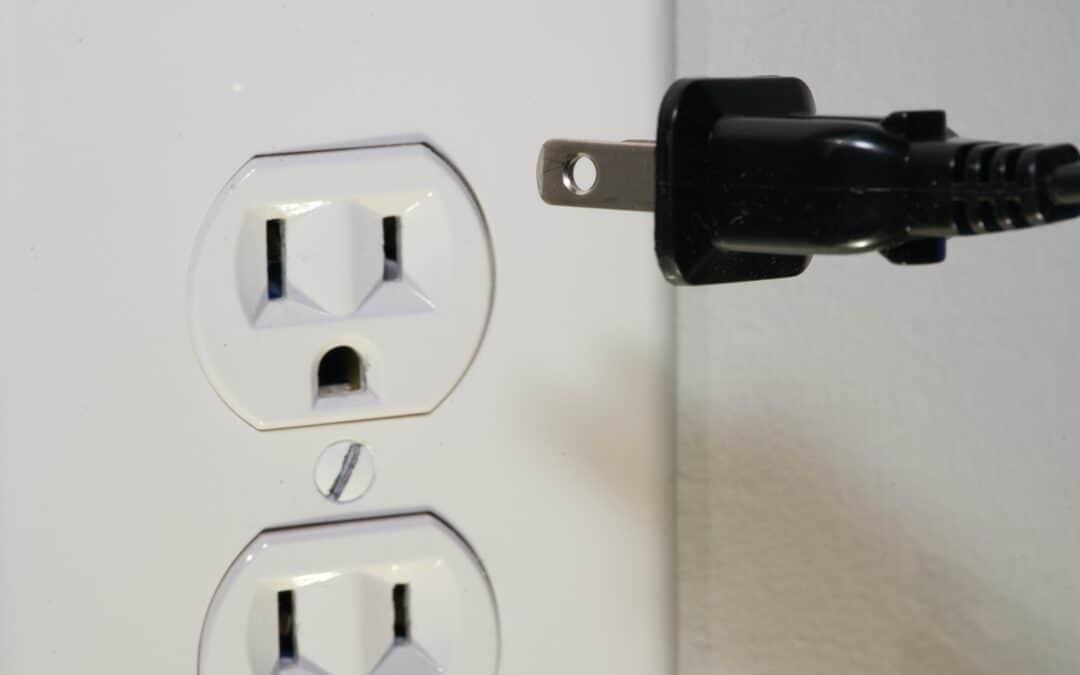Building or remodeling a house needs specific plans to guarantee the residents’ safety. Some projects include installing lights, a vent system, a duct system, and electrical outlets in the kitchen. However, failing to follow specific electrical codes may put your house at risk of getting fire. Avoid this or minimize fire hazards and accidents by installing duct access doors and panels and NEC-approved electrical sockets.
Additionally, here are the things you need to consider when installing electrical outlets in the kitchen.
Check Electrical Code Requirements
Whether working on a new residential project or simply renovating a house, you must ensure that the plan meets all the requirements, including the electrical code. Understanding the rules and regulations defined by the National Electric Code (NEC), any local codes, and the technicalities of electrical socket installation helps prevent the residents from getting an electric burn, electric shock, and fire.
Use special electric requirements for additional safety measures since your kitchen has a water source and stores cooking liquids critical to electricity. Also, consider the number of outlets and circuits you need to install in your kitchen, as the number of appliances and their power consumption can significantly affect the installation setup. Plugging several kitchen appliances in one outlet or power strip and simultaneously using them may overload the circuit. Fire may break out once this happens.
Where to Properly Place Electrical Outlets in a Kitchen?
Every kitchen must have a dedicated circuit for the lighting and appliances. It must have at least 15 amps and 120 volts for them to function. However, before installing electrical outlets, you need to guarantee that the new circuits are arc fault circuit interruption (AFCI) and ground fault circuit interruption (GFCI), which prevents fire and electrocution, especially in areas near water.
Outlet spacing is also essential during the installation. You must place the sockets within 48 inches apart, and for 12-inch expansive countertops, outlets must be behind the countertop. You must also follow the height rule when installing the wall sockets. It must be 20 inches or less above the table. Height rule exceptions only apply to physically disabled persons, islands, and peninsulas, where the 20-inch rule is not applicable.
- Install the outlets away from water.
Install the electrical outlet at least two feet away from any water sources to lessen the risk of electrical accidents. Check the plan and see if the project adheres to the general rule of installing an electrical outlet. Consult an electrician if the program doesn’t follow the primary requirement.
- Keep it away from food crumbs.
Electrical outlets must be safe from dirt, crumbs, and other food waste. These must not enter an outlet’s opening as they may cause an electrical shock. So, keep it away from countertops and practice covering the unused outlet to protect them from crumbs and water splashes.
- Avoid hot surfaces.
Aside from water, you must also consider hot and warm surfaces and appliances. Putting the outlet next to these will damage the power cable and may cause a fire. Keep away from these appliances, especially if they are not rated not to produce sparks. Also, please avoid using the devices continuously, as it may damage your electrical cord’s insulation and cause electrical shocks.
- Install the outlets near the major appliances’ location.
Refrigerators and range hoods are appliances you cannot move around often, so you must put them near a power outlet.
- Portable appliances must have outlets near them.
You may plug portable devices into any outlet. However, the problem with portability is that cord’s exposure is at a maximum which can be easily damaged. Put the appliances next to the power outlet to minimize the exposed cable.
Types of Electrical Accidents in a Kitchen
Failing to follow the NEC and the precautionary measures may lead to electrical accidents.
Electric Shock
A person’s body is a good conductor of electricity due to the body’s water content. Electric shock happens when your body contacts an electric current which may cause heart failure or respiratory issues.
Electrical Burn
An electrical burn happens when the electric current reaches and burns the bones and tissues.
Electrical Fires
Electric fires occur when combustible and flammable materials catch fire. Kitchen electrical fires may be too risky due to water sources that may cause electric shock.
Keep A Safe Kitchen
Sometimes, the kitchen becomes one of the house’s busiest areas, making it prone to electrical accidents. The number of appliances simultaneously working and the crumbs, dust, grease, and oil increase the risk of accidents. Thus, ensure all outlets are correctly installed and follow the NEC rules and regulations.

Recent Comments